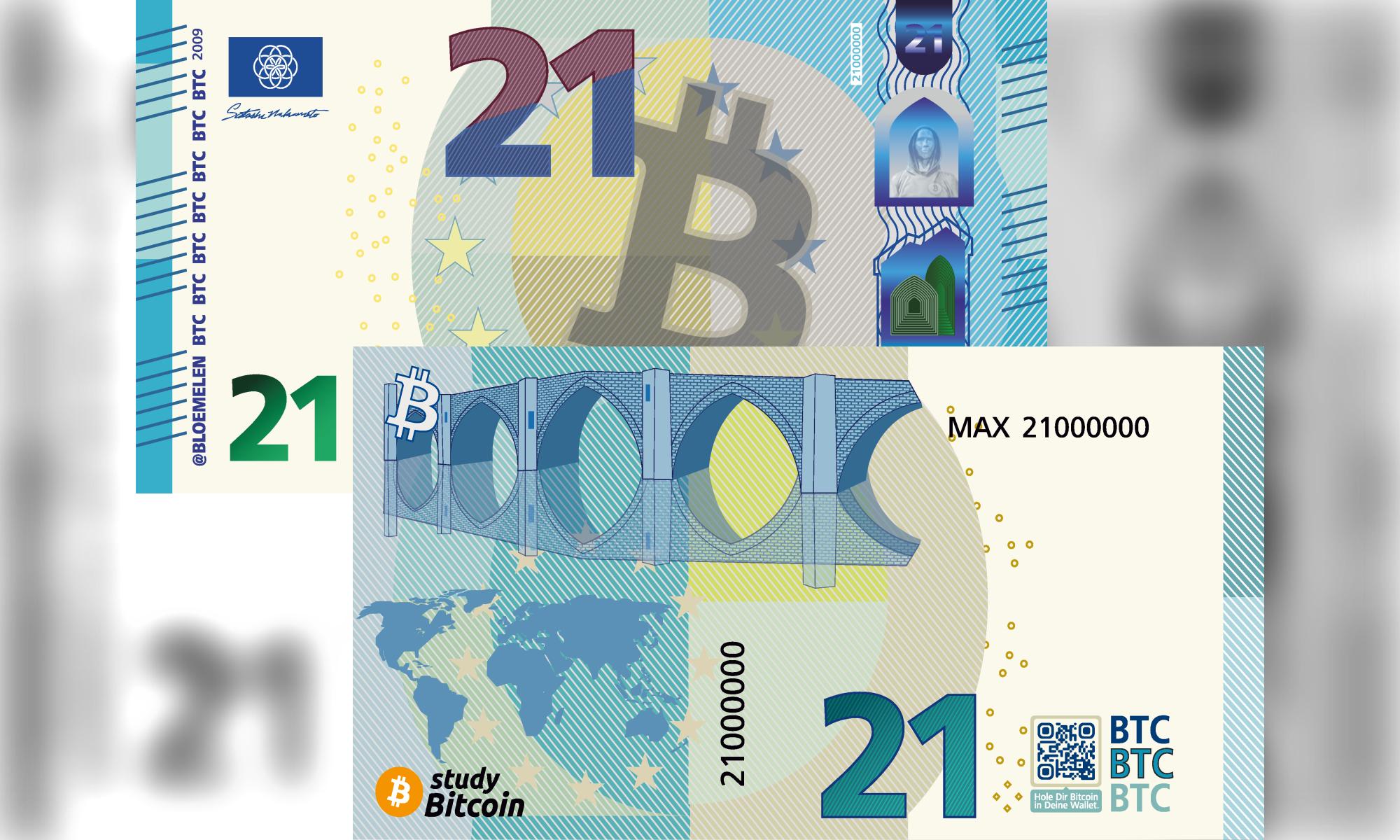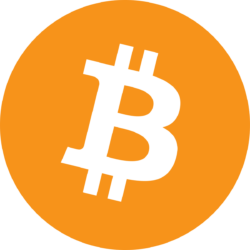The question of counterfeit money has already been asked several times, so here is the answer:
A banknote with an obviously incorrect number such as “21” (and all the other small details that have been changed on this bill) is not counterfeit money in the legal sense.
There are the following reasons for this:
Counterfeit money is defined as a counterfeit that is intended to deceptively imitate real money. A bill with the number “21” does not fulfill this criterion, as it is not intended to pass for real money. The point of counterfeit money is to be used as a genuine means of payment in payment transactions. A bill with “21” is obviously not suitable for this purpose.
The aim of genuine counterfeit money is to look as much like real banknotes as possible so as not to attract attention in circulation. A false number such as “21” would contradict this purpose.
Legally relevant counterfeit money attempts to imitate genuine currencies and denominations. A fictitious value such as “21” does not imitate an existing currency.
Instead, such a bill is a dummy or, as in our Bitcoin bill, a promotional item and art object.
Note: As long as no attempt is made to put the bill into circulation as a genuine means of payment, the possession or production of such counterfeit bills is not punishable by law. There is no intention to deceive, which would be necessary for the offense of counterfeiting.

